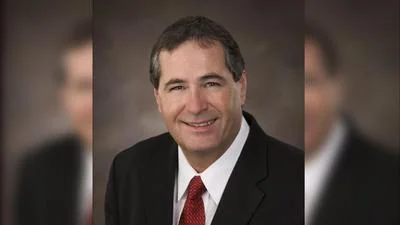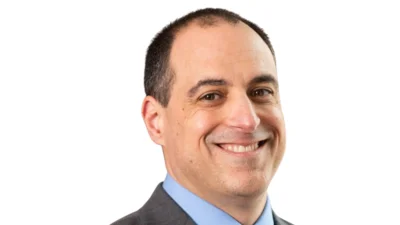Senator John Hoeven | Senator John Hoeven Official website
Senator John Hoeven | Senator John Hoeven Official website
WASHINGTON – Senator John Hoeven, Ranking Member of the Senate Agriculture Appropriations Committee and a senior member of the Senate Agriculture Committee, and Senator Jon Tester this week introduced the Livestock Disaster Relief Act, bipartisan legislation to improve the Livestock Forage Program (LFP) and Emergency Assistance for Livestock Program (ELAP) to better meet the needs of ranchers impacted by natural disasters.
“Our legislation makes common-sense improvements to the Livestock Forage and Emergency Assistance for Livestock Programs to help better meet the needs of our livestock producers when disaster strikes,” said Hoeven.
“As a third-generation farmer, I know firsthand how challenging it can be for Montanans when disasters like drought or winter storms strike,” said Tester. “That’s why I’m proud to team up with Senator Hoeven on this bipartisan bill to ensure that Montana ranchers receive the relief they need to respond to future disasters so that they can continue to raise the best cattle in the world.”
Specifically, the legislation makes the following improvements:
- Better aligns coverage between LFP and ELAP.
- Increases producer assistance under LFP to more accurately compensate them for feed costs.
- Specifies transportation costs for feed, water and livestock as covered losses under ELAP.
- Makes these program improvements permanent.
- Securing expansion of ELAP coverage to provide producers impacted by severe drought with 60% reimbursement of their feed transportation costs above what would have been incurred in a normal year.
- Providing flexibility to farmers when utilizing cover crops, which provide an additional source of feed for livestock producers.
- - Following then-Risk Management Agency (RMA) Acting Administrator Richard Flournoy’s visit to North Dakota in 2021, RMA announced it will allow producers to hay, graze or chop cover crops on prevented plant acres at any time while still receiving their full crop insurance indemnity.





 Alerts Sign-up
Alerts Sign-up